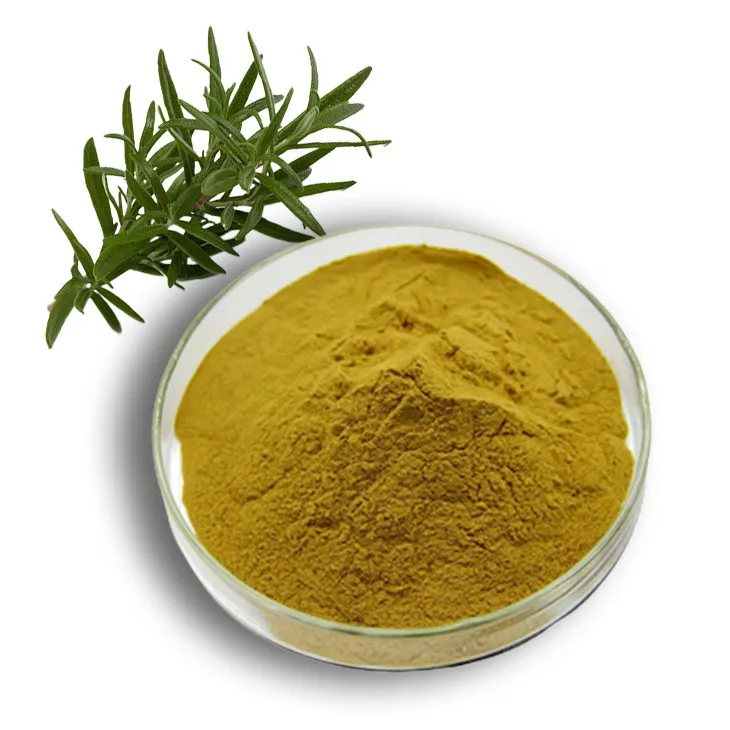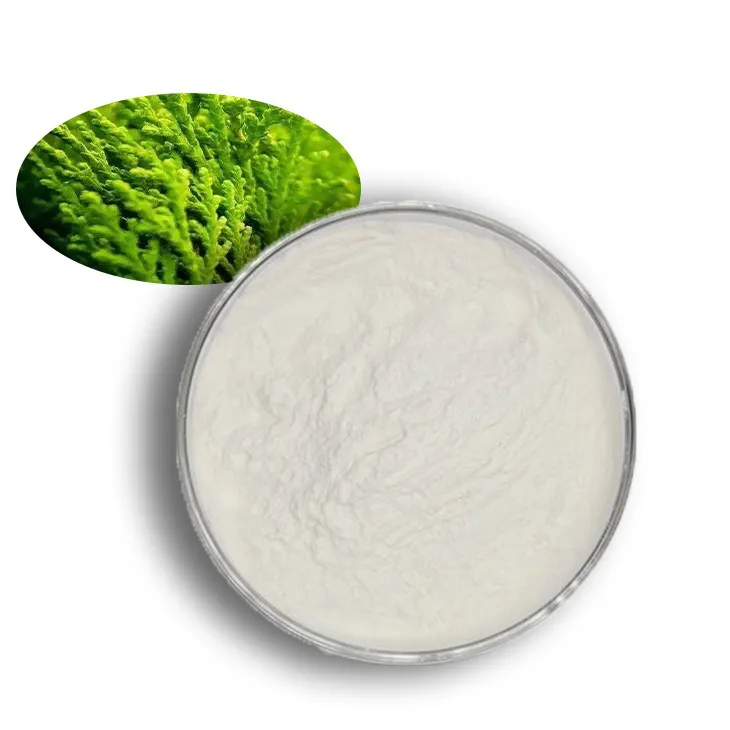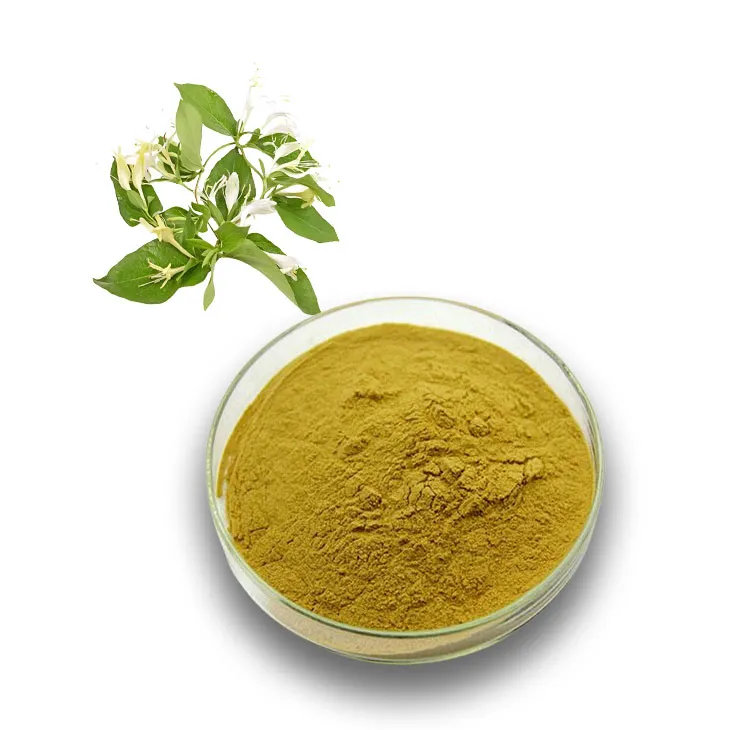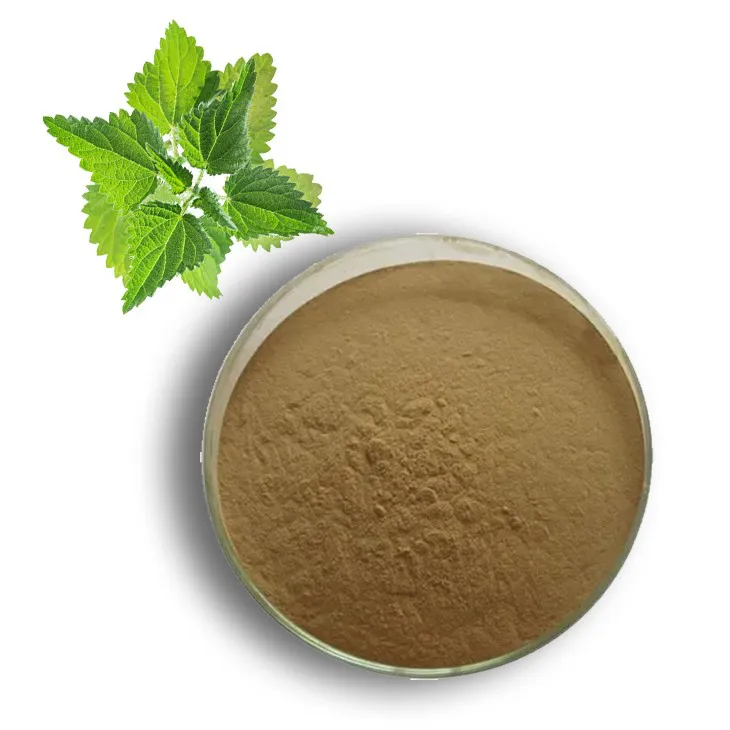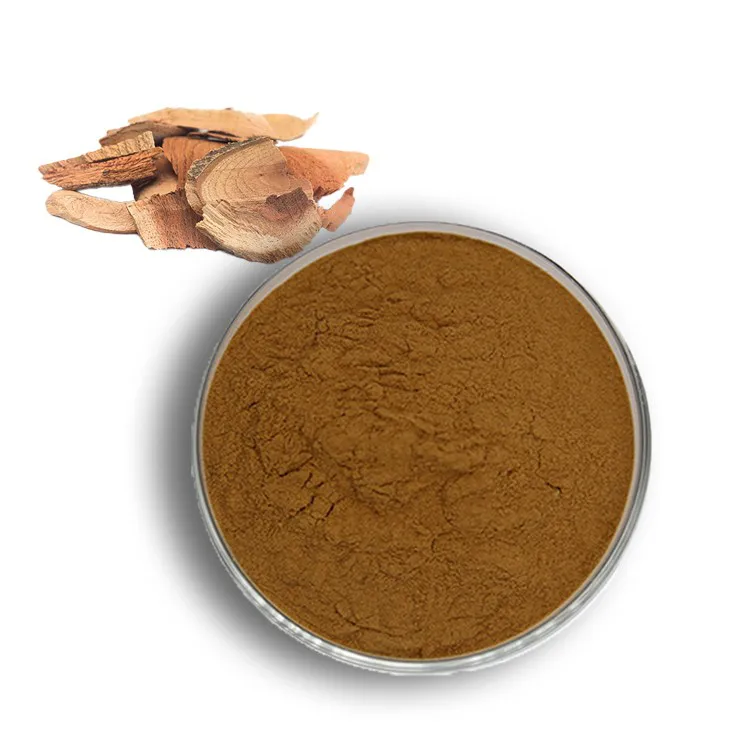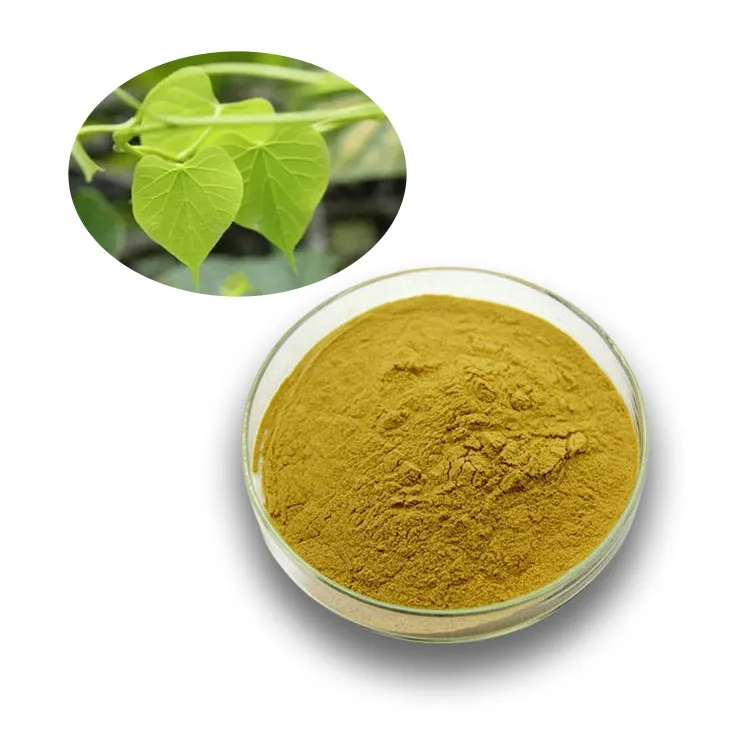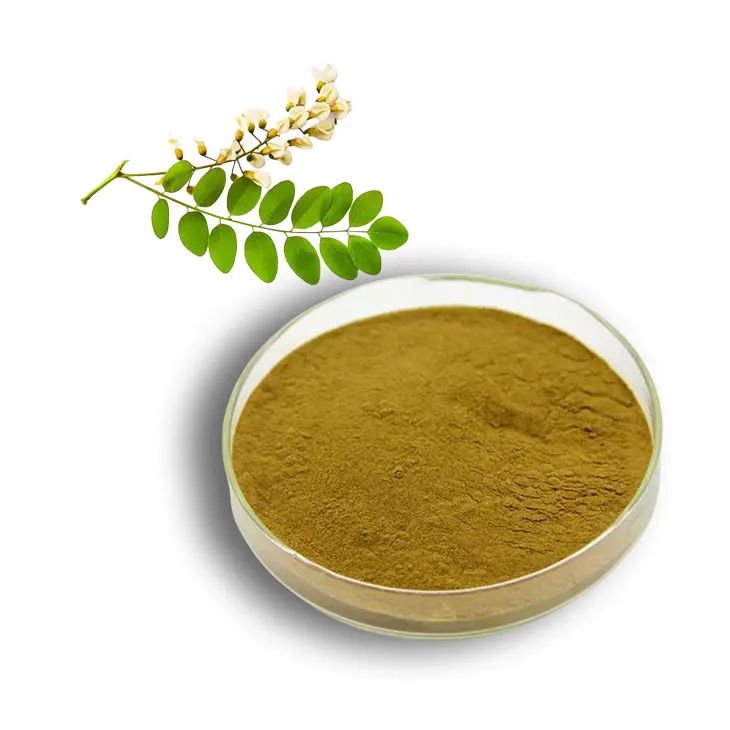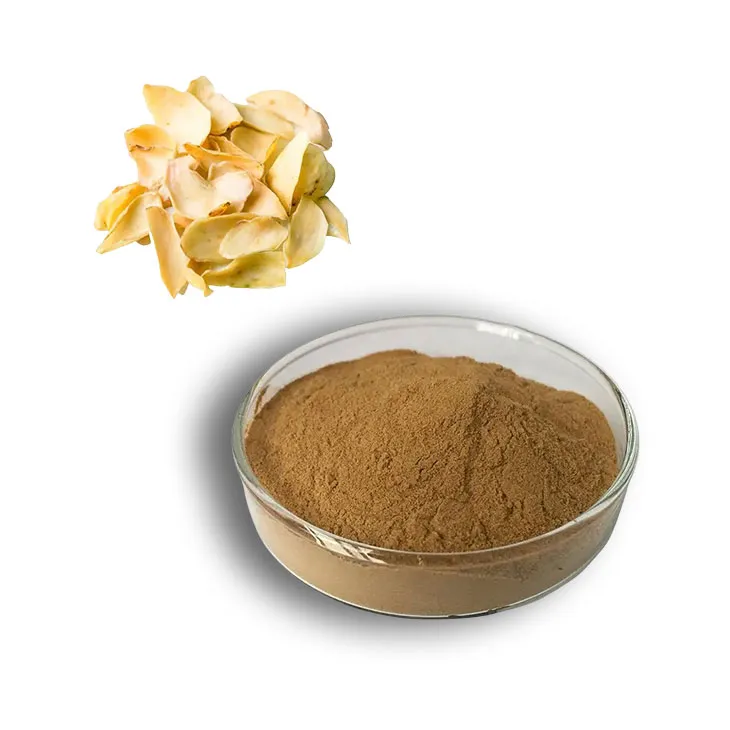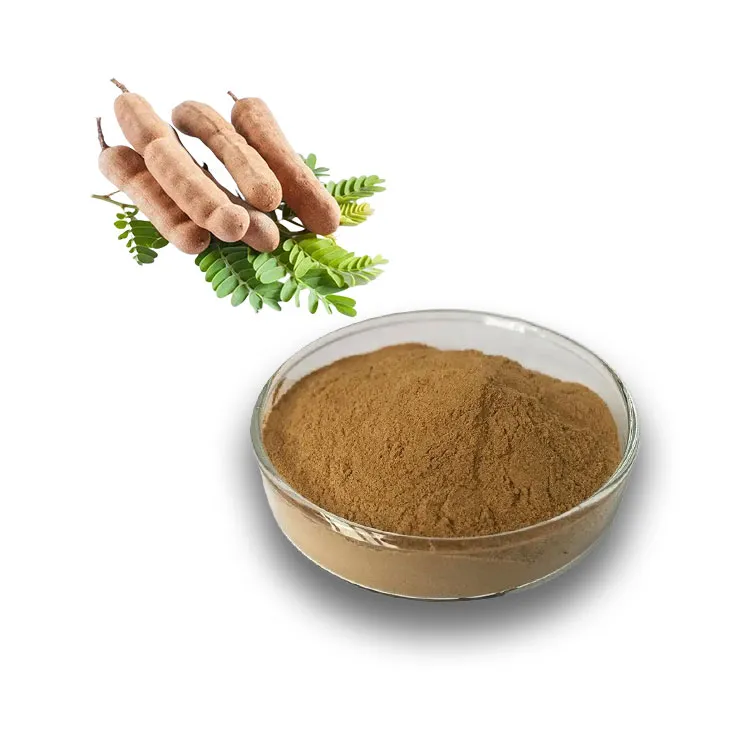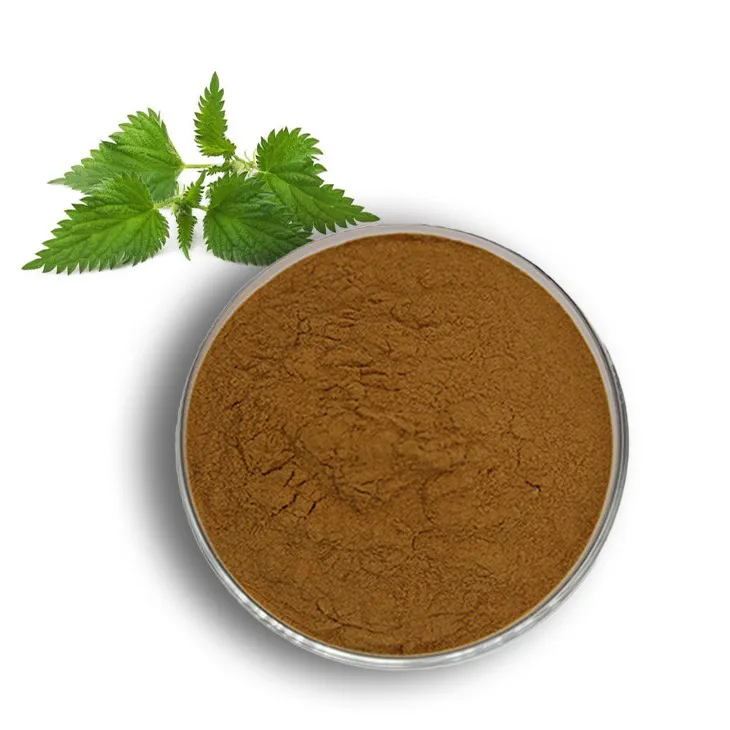- 0086-571-85302990
- sales@greenskybio.com
how much lycopene is in tomato juice
2023-09-27
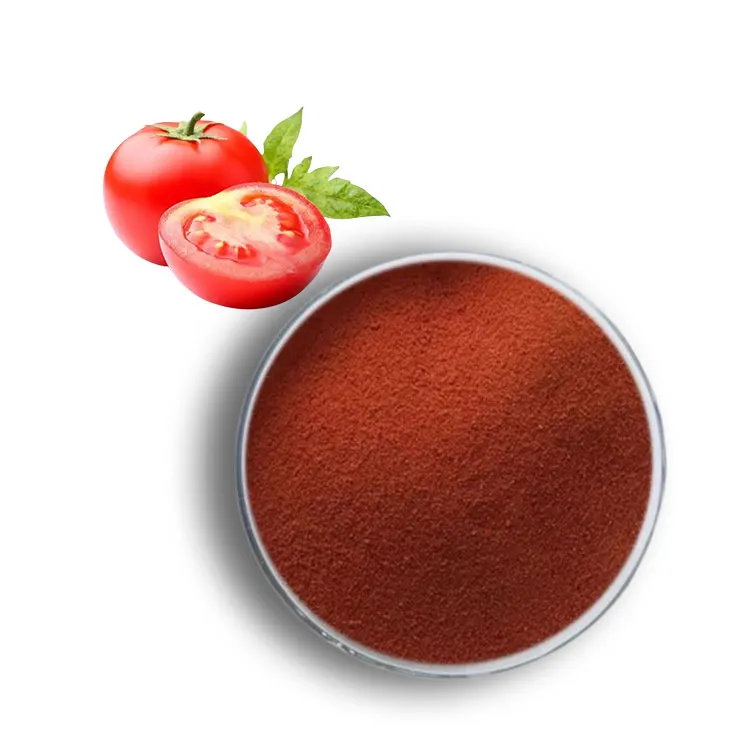
1. Lycopene Benefits
Lycopene Benefits
Lycopene is a powerful antioxidant and a phytochemical that belongs to the carotenoid family. It is responsible for the red color found in tomatoes and other red fruits and vegetables. Lycopene has been extensively studied for its numerous health benefits, which include:
1. Heart Health: Lycopene has been linked to a reduced risk of heart disease. It helps to lower bad cholesterol levels and blood pressure, which are key factors in preventing cardiovascular problems.
2. Cancer Prevention: Studies suggest that lycopene may play a role in reducing the risk of certain types of cancer, including prostate, lung, and stomach cancer. Its antioxidant properties help neutralize free radicals, which can damage cells and lead to cancer.
3. Eye Health: Lycopene may help protect the eyes from age-related macular degeneration and cataracts. It is thought to support the health of the retina and the lens of the eye.
4. Skin Protection: The antioxidant properties of lycopene can help protect the skin from harmful UV radiation, reducing the risk of skin damage and skin cancer.
5. Anti-Inflammatory Effects: Lycopene has anti-inflammatory properties that may help reduce inflammation in the body, which is beneficial for conditions like arthritis.
6. Bone Health: Some research indicates that lycopene may contribute to bone health by promoting bone mineralization and reducing bone resorption.
7. Immune System Support: Lycopene can help boost the immune system by enhancing the function of immune cells and reducing oxidative stress.
8. Brain Health: There is emerging evidence that lycopene may have neuroprotective effects, potentially reducing the risk of neurodegenerative diseases like Alzheimer's.
9. Diabetes Management: Lycopene has been shown to improve insulin sensitivity and reduce inflammation, which can be beneficial for managing diabetes.
10. Longevity: Consuming foods rich in lycopene may be associated with a longer lifespan due to its antioxidant and anti-inflammatory effects.
Lycopene's benefits are attributed to its strong antioxidant capabilities, which help to combat oxidative stress and inflammation, two factors that contribute to many chronic diseases. Incorporating lycopene-rich foods into your diet can be an effective way to enhance your overall health and well-being.
2. Tomato Juice as a Source of Lycopene
2. Tomato Juice as a Source of Lycopene
Tomato juice is a popular beverage choice that not only offers a refreshing taste but also serves as a rich source of lycopene, a powerful antioxidant. Lycopene is a naturally occurring pigment found in red fruits and vegetables, and it is responsible for the vibrant color of tomatoes. This carotenoid is known for its numerous health benefits, making tomato juice an excellent dietary choice for those looking to incorporate more lycopene into their daily routine.
The concentration of lycopene in tomato juice can vary depending on several factors such as the type of tomatoes used, the ripeness of the fruit, and the processing methods employed. Generally, tomato juice is considered to have a high lycopene content, with an average of 20-30 milligrams per 100 grams of juice. However, this value can be higher in certain varieties of tomatoes or when specific techniques are used to enhance lycopene extraction.
One of the advantages of consuming lycopene through tomato juice is the ease of incorporating it into a balanced diet. Tomato juice can be enjoyed on its own, mixed with other fruit juices, or used as a base for smoothies and soups. Additionally, the liquid form of tomato juice may facilitate better absorption of lycopene by the body compared to consuming whole tomatoes.
Moreover, tomato juice is often fortified with additional nutrients, such as vitamins A and C, which can further enhance its health-promoting properties. This makes tomato juice not only a source of lycopene but also a convenient way to obtain a range of essential vitamins and minerals.
In conclusion, tomato juice is a valuable source of lycopene, offering a convenient and versatile way to increase your daily intake of this beneficial antioxidant. By choosing high-quality tomato juice and incorporating it into your diet, you can take advantage of the many health benefits associated with lycopene, including its potential role in reducing the risk of certain cancers and promoting cardiovascular health.
3. Factors Affecting Lycopene Content in Tomato Juice
3. Factors Affecting Lycopene Content in Tomato Juice
Lycopene content in tomato juice can vary significantly due to several factors, which can influence the overall health benefits derived from consuming it. Understanding these factors can help you make informed choices about the tomato juice you consume to ensure you are getting the most lycopene possible.
3.1 Variety of Tomatoes
The type of tomato used in the juice plays a crucial role in determining the lycopene content. Some varieties of tomatoes naturally have higher concentrations of lycopene than others. For instance, red, ripe tomatoes tend to have more lycopene than green or unripe ones. Additionally, certain heirloom and specialty tomato varieties may boast higher lycopene levels.
3.2 Season and Harvest Time
Tomatoes that are allowed to ripen on the vine until they are fully red have higher lycopene content compared to those picked green and ripened off the vine. Seasonal variations can also affect the lycopene levels, with tomatoes grown in warmer seasons often having more lycopene.
3.3 Processing Methods
The way tomato juice is processed can impact the amount of lycopene it retains. For example, high-temperature processing can degrade some of the lycopene, while cold processing or minimal processing can help preserve it. Some manufacturers use techniques like cold pressing to minimize lycopene loss.
3.4 Concentration Techniques
Some tomato juice products are made from concentrated tomato paste or puree, which can have a higher lycopene content due to the concentration process. However, it's essential to check the labels, as not all concentrated tomato products are created equal.
3.5 Additives and Diluents
The presence of additives and diluents in tomato juice can also affect the lycopene content. For example, added water dilutes the concentration of lycopene, while other ingredients like salt, sugar, and preservatives do not directly impact lycopene levels but can influence the overall nutritional value of the juice.
3.6 Storage Conditions
Proper storage is vital to maintaining the lycopene content in tomato juice. Exposure to light, heat, and air can degrade lycopene over time. Storing tomato juice in a cool, dark place and using it within its shelf life can help preserve its lycopene content.
3.7 Cooking and Preparation
While some studies suggest that cooking tomatoes can increase the bioavailability of lycopene, the actual cooking process can also lead to some loss of this nutrient. The key is to balance the cooking method and time to maximize lycopene absorption without significant loss.
Understanding these factors can help you make more informed decisions when choosing tomato juice to ensure you are getting a product rich in lycopene. The next section will explore how to maximize lycopene absorption from the tomato juice you consume, further enhancing its health benefits.
4. How to Maximize Lycopene Absorption
4. How to Maximize Lycopene Absorption
Lycopene is a powerful antioxidant that offers numerous health benefits, and tomato juice is a rich source of this nutrient. However, to maximize the absorption of lycopene from tomato juice, certain strategies can be employed. Here are some tips to help you get the most out of your tomato juice:
1. Choose the Right Tomato Juice:
Opt for high-quality, pure tomato juice without added sugars or preservatives. Look for brands that use ripe, red tomatoes, as these contain higher levels of lycopene.
2. Processed vs. Fresh:
Interestingly, processed tomato products like tomato juice can have higher bioavailability of lycopene compared to fresh tomatoes. This is because processing can break down the tomato's cell walls, making lycopene more accessible for absorption.
3. Heat Treatment:
Cooking or heating tomato juice can increase the bioavailability of lycopene. The heat helps to break down the cell walls of the tomatoes, releasing more lycopene and making it easier for your body to absorb.
4. Combine with Healthy Fats:
Lycopene is a fat-soluble nutrient, which means it is better absorbed when consumed with some healthy fats. Adding a drizzle of olive oil or a tablespoon of avocado to your tomato juice can enhance lycopene absorption.
5. Consume with Meals:
Drinking tomato juice with a meal, especially one that includes healthy fats, can improve the absorption of lycopene. The presence of dietary fats in the meal aids in the transportation of lycopene through the digestive system.
6. Regular Consumption:
Incorporate tomato juice into your diet regularly to ensure a consistent intake of lycopene. This can be part of a balanced diet that includes a variety of other fruits and vegetables.
7. Avoid Excessive Processing:
While some processing can be beneficial, excessive processing can lead to a loss of nutrients, including lycopene. Choose tomato juice that is minimally processed to preserve its nutritional content.
8. Variety in Your Diet:
Although tomato juice is a good source of lycopene, it's also beneficial to consume other lycopene-rich foods like watermelon, pink grapefruit, and guava. This can help diversify your nutrient intake and provide a range of health benefits.
9. Supplements with Caution:
While lycopene supplements are available, it's generally better to get your nutrients from whole foods. If considering supplements, consult with a healthcare professional to ensure they are safe and appropriate for your needs.
10. Stay Hydrated and Active:
Maintaining overall health through proper hydration and regular physical activity can support the body's ability to absorb and utilize nutrients like lycopene.
By following these strategies, you can maximize the lycopene absorption from tomato juice and enjoy the full range of health benefits that this powerful antioxidant has to offer. Remember, moderation and variety are key to a balanced diet, so enjoy tomato juice as part of a diverse and nutrient-rich eating plan.
5. Conclusion
5. Conclusion
In conclusion, tomato juice is a rich source of lycopene, a powerful antioxidant with numerous health benefits. The lycopene content in tomato juice can vary depending on factors such as the type of tomatoes used, the ripeness of the tomatoes, and the processing methods. However, consuming tomato juice can provide a significant amount of lycopene, which can contribute to a reduced risk of chronic diseases and promote overall health.
To maximize lycopene absorption, it is important to choose high-quality tomato juice and consider factors such as the processing method and the addition of healthy fats. Additionally, incorporating other lycopene-rich foods into your diet can further enhance the health benefits of this nutrient.
In summary, tomato juice is a convenient and tasty way to increase your lycopene intake and support your overall health. By understanding the factors that affect lycopene content and taking steps to maximize absorption, you can make the most of this nutrient-rich beverage.
- ▶ Hesperidin
- ▶ Citrus Bioflavonoids
- ▶ Plant Extract
- ▶ lycopene
- ▶ Diosmin
- ▶ Grape seed extract
- ▶ Sea buckthorn Juice Powder
- ▶ Fruit Juice Powder
- ▶ Hops Extract
- ▶ Artichoke Extract
- ▶ Mushroom extract
- ▶ Astaxanthin
- ▶ Green Tea Extract
- ▶ Curcumin
- ▶ Horse Chestnut Extract
- ▶ Other Product
- ▶ Boswellia Serrata Extract
- ▶ Resveratrol
- ▶ Marigold Extract
- ▶ Grape Leaf Extract
- ▶ New Product
- ▶ Aminolevulinic acid
- ▶ Cranberry Extract
- ▶ Red Yeast Rice
- ▶ Red Wine Extract
-
Rosemary extract
2023-09-27
-
Carrageenan Extract Powder
2023-09-27
-
Honeysuckle Pollen
2023-09-27
-
Nettle leaf extract
2023-09-27
-
Thunder God Vine Extract
2023-09-27
-
Tinospora cordifolia extract
2023-09-27
-
Sophora Japonica Flower Extract
2023-09-27
-
Lily extract
2023-09-27
-
Tamarind extract powder
2023-09-27
-
Nettle Root Extract
2023-09-27











